Automatic Fire Detection System
We not only provide you with a robust system tailored according to your needs, we also help you install and maintain it. You can be assured that your system is in best hands.
Our team is fully equipped to deal with all Fire Safety related problems that you might have. From the design to the training phase, our trained engineers are with you on every step of the way. You can be assured that you would be receiving the highest level of customer care and technical support.
To facilitate this enhanced service delivery, we have invested in the latest technological solutions to ensure ORUS’s local, and multi skilled team of engineers, provide the highest quality of customer support in order to deliver complete client satisfaction.
- Get latest fire detection technology.
- Solutions tailored as per your needs.
- We are installers of leading manufacturers like Advanced, Kentec, Morley etc.
- We are fully complaint to relevant standards.

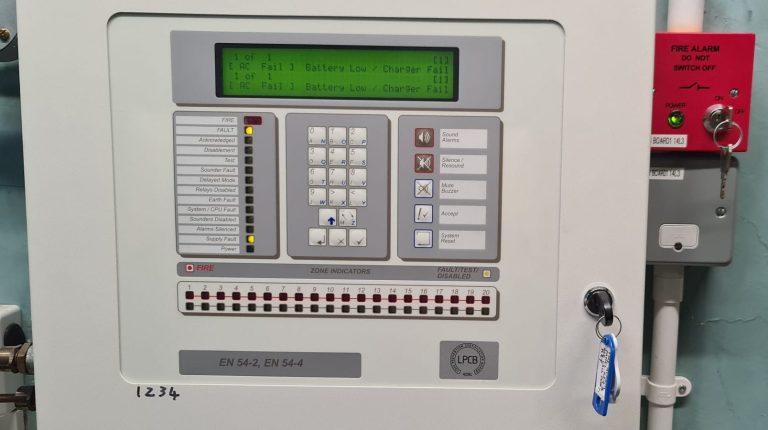
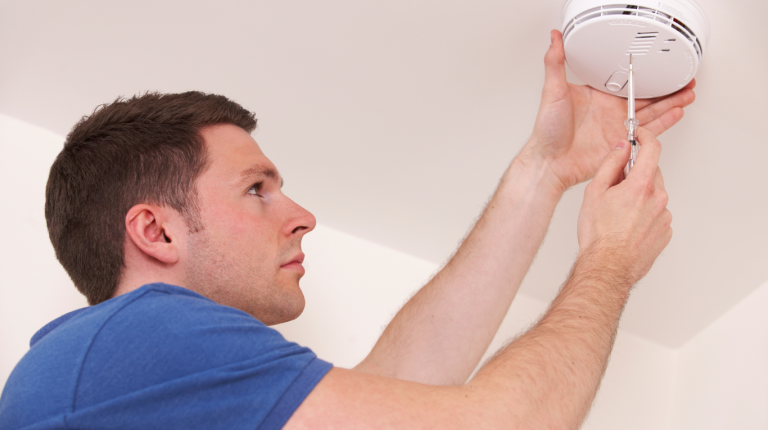




We not only provide you with a robust system tailored according to your needs, we also help you install and maintain it. You can be assured that your system is in best hands.
Our team is fully equipped to deal with all Fire Safety related problems that you might have. From the design to the training phase, our trained engineers are with you on every step of the way. You can be assured that you would be receiving the highest level of customer care and technical support.
To facilitate this enhanced service delivery, we have invested in the latest technological solutions to ensure ORUS’s local, and multi skilled team of engineers, provide the highest quality of customer support in order to deliver complete client satisfaction.
- Get latest fire detection technology.
- Solutions tailored as per your needs.
- We are installers of leading manufacturers like Advanced, Kentec, Morley etc.
- We are fully complaint to relevant standards.
Types of Fire Alarm System
Choose the system you want. Make smart choices and save more money

Conventional System
A conventional fire alarm system is a type of fire alarm system that consists of manual call points, fire detectors, sounders, beacons, and other devices grouped into zones. Each zone is a single wiring circuit which represents a physical area within a building. Communication between devices and the control panel is limited and typically only has three states: standby, fault, and fire.
Conventional panels can only narrow down the location of a possible fire or fault as being somewhere within one or more zones. These fire alarm systems usually have very basic options for expansion, such as repeater panels which mimic the display and controls of the main panel and relay connections to link for example with security alarm systems.
Conventional fire alarm systems are usually much cheaper than Addressable systems and are more suited to smaller commercial premises as they can be very limited to detailing the location of a fire which is extremely important in larger buildings. For example, if a fire was to start on within the first floor office, the fire alarm system may only indicate that it is somewhere on the first floor (zone size dependent).
Conventional fire alarm systems can often be found in small commercial units with a small ground floor office, small first floor office and a small warehouse space for example. 2-wire conventional fire alarm systems are a very cost-effective way in protecting your business
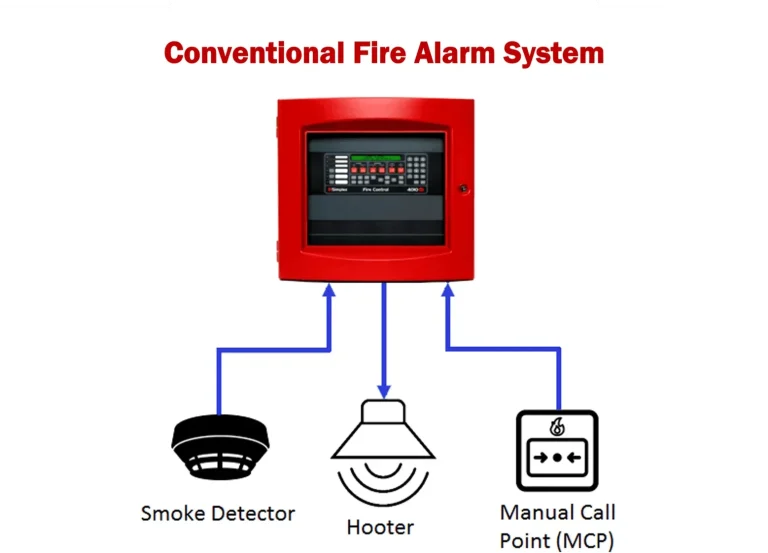

Addressable System
An addressable fire alarm system is a commercial fire alarm system that uses sophisticated technology to detect and pinpoint a fire’s exact location. Every device in an addressable system is connected and communicates continuously with each other and a central monitoring station. They use digital signals to transfer vital information such as system health, device type, location, smoke density, heat intensity, water pressure changes.
Addressable fire alarm systems are designed using a loop configuration. These loop circuits called signaling line circuits (SLC), can support numerous initiating devices and notification appliances. Over 200 devices can be attached to a single loop with complex systems utilizing multiple SLC loops.
Each component in an addressable fire alarm loop has its own electronic address or serial number assigned to it so that malfunctions can be identified quickly and precisely. When an attached device activates, the unique code displays on the main control panel – helping to determine which type of device it is and where in the facility it is located. Since the control panel continually communicates with attached devices, technicians can identify system faults quickly and resolve issues more efficiently.
While more expensive, addressable fire alarm systems offer several advantages over their conventional counterpart - particularly in larger buildings or complexes. The detailed information provided by an addressable fire alarm panel enables quicker response times – as responders can arrive prepared with the exact cause and location of a detected fire.
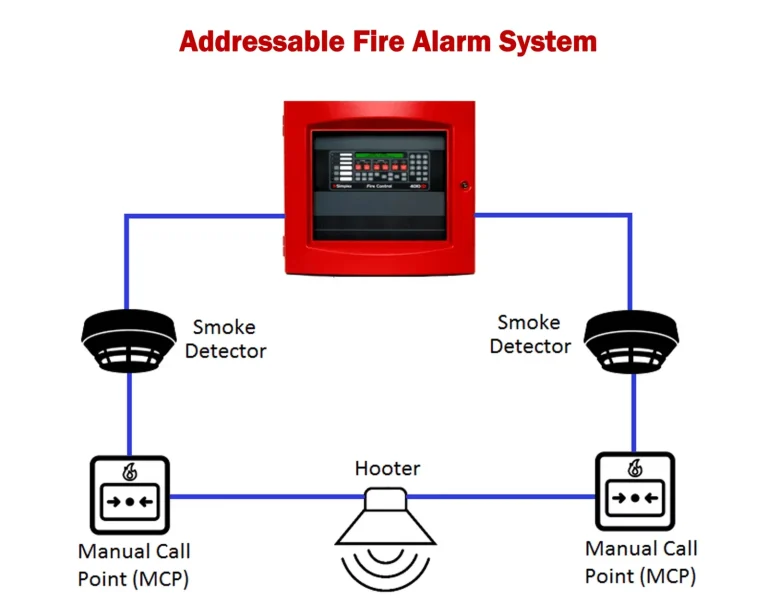
Networked System
A networked fire alarm system is a type of fire alarm system that communicates data between all panels or network nodes on a site, allowing for greater control over the fire safety of the entire building. The network’s design should allow buildings to be protected by distributing the fire panels throughout the site, instead of having to take all the detection circuits back to a single point.
Using a true peer-to-peer system, information from any input or output device can be passed over the network and displayed on any control panel. This allows the system to display details of all fires, alarms, pre-alarms, and faults on any panel or repeater in the building. The inter-connection of fire alarm control panels over a proprietary network is well established, allowing many panels, often sited in physically different locations, to communicate between each other using a two-core cable (or fire-resistant two-core screened twisted pair cable depending on your local legislation).
Information from any one panel can be made available to any or all of the other panels in a network, allowing the user to access all the information on the system from any one panel. This provides both the benefits of distributed intelligence and reduced installation costs.
In large, complex sites, it’s vital to ensure that the panels, when networked, will sustain adequate performance levels. As the number of panels and input and output options on a network increase, some systems can slow down dramatically.
A networked fire alarm system enables the user to access information from any panel on a network or from a central location. This overall system view saves those charged with maintaining these systems from having to visit multiple physical locations. Historically, many different networked systems were based on star, radial, and loop typologies.
Wireless System
A wireless fire alarm system is a type of fire alarm system where devices such as smoke detectors, heat detectors, and manual call points communicate with the control panel through wireless transceivers. These transceivers can be battery-powered or wired, and they send signals to the control panel when an alarm is triggered.
Wireless fire alarm systems use radio frequencies to transmit signals from smoke detectors or other devices. Once the system receives a signal, it can send a response signal to sprinklers, to emergency services, and more. More importantly, modern wireless fire alarm systems are reliable and robust.
A wireless fire alarm system is ideal for fire alarms requiring a quick installation. These fire alarms require no cables installing between the panel and devices. This also means that the decoration within the building does not need to be affected during the installation process and there is minimal disruption to the working day.
Some wireless fire alarm systems are fully wireless and highly scalable. They offer secure communication with multiple encryption channels available, causing no obstructions in communication. They can be easily managed through an application and support WIFI, Bluetooth, and GSM4. They are cost-effective with the least maintenance cost and higher ROI. They are also standard compliant, being certified by CE, RoHs, and ISO 9001-2005.
For example, Honeywell’s smart wireless smoke detector comes loaded with a bunch of benefits and plays a vital role in reducing fire injuries. It is affordable, easy to use, hassle-free, comes with a sensitive smoke detector sensor and other bunch of benefits. It ensures safety with convenience, cost-effectively.

Fire Alarm Categories - A Guide to BS5839
Based on the type of business or dwelling, various categories of Fire Alarm System can be chosen to keep your property safe. By choosing fire alarms in the correct category, you can ensure that you remain safe and mitigate risks to your property.
Fire Alarm Grades
There are a total of 6 grades of Fire Alarms - A to F, with A being the highest and F being the lowest. The grades basically capture the quality of the system.
Most domestic systems require D to F range which has a battery and sometimes connection to a mains supply.
Businesses that fall into grades A to C usually have fire detection and fire alarm system comprising multiple technologies like heat detectors, sounders etc.

Fire Alarm Categories
Fire Alarm System categories capture the level of protection that a system provides according to the recommendations of the BS5839 British Standards documents.
Businesses can usually determine which category of system they need by conducting a thorough fire risk assessment.
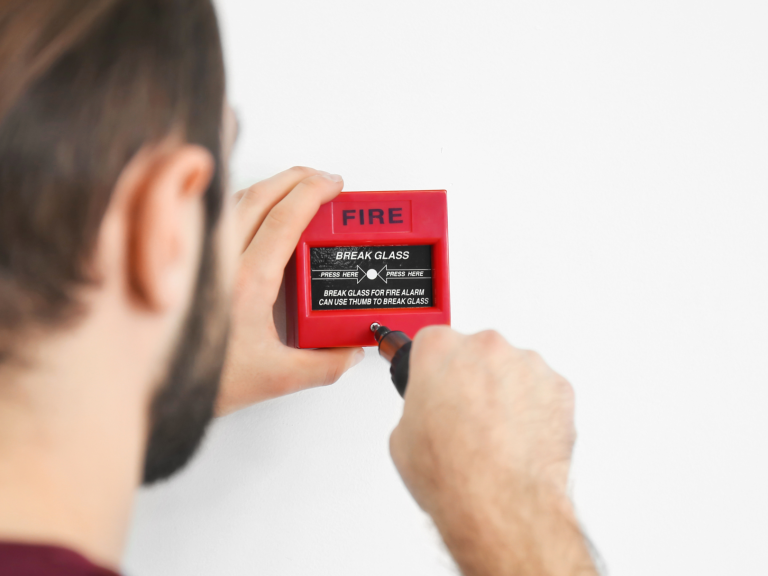
Category M - Manual Fire Alarm System
Category L1 - Maximum life protection automated fire alarm system
Manual fire alarm systems are the most basic where someone has to manually trigger the alarm on the discovery of a fire.
These are commonly found in small buildings or sites where the occupants can easily identify and report an incident.
The goal of this system is to provide the earliest possible warning to the occupants to ensure that life is preserved. It is most comprehensive system and covers all areas of the building including small cupboards and lobbies.
Category L2 - Additional life protection automated fire alarm system
Category L3 - Standard life protection automated fire alarm system
L2 alarm systems provide occupants of a building with advanced warning of the existence of a fire in another room.
Typically, this involves placing fire and smoke alarms in high-risk rooms and opening onto escape routes leading to fire exits.
This category features alarm placed along all escape routes leading from the interior of the premises to fire exits.
The goal of this category system is to ensure that all building occupants have sufficient warning to get put of the building before smoke, fires and fumes prevent it.
Category L4 - Modest life protection automatic fire alarm system
Category L5- Localised life protection automated fire alarm system
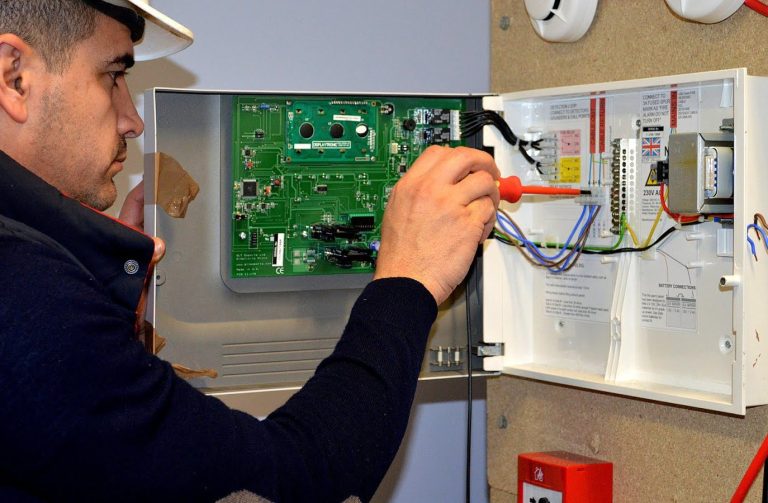

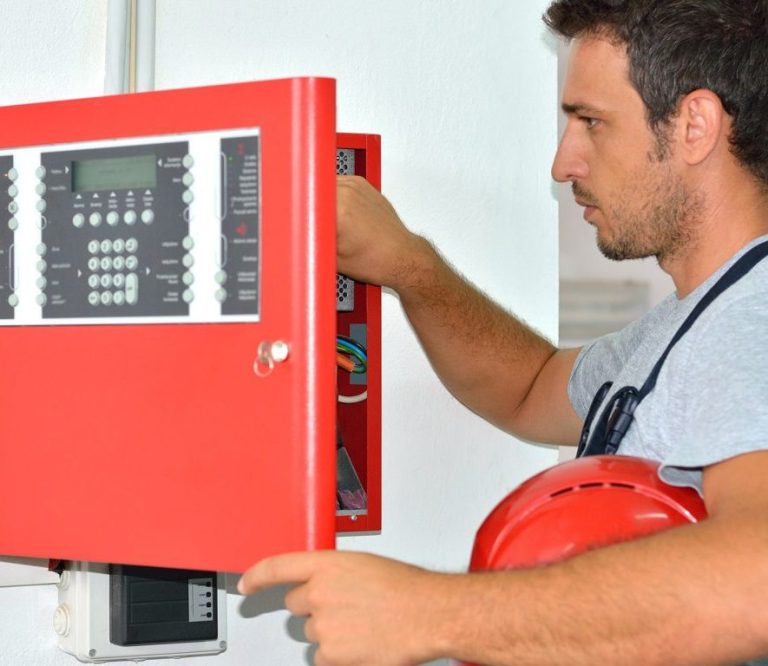
L4 systems only place detectors along escape routes such as hallways and stairwells and corresponding circulation areas, not individual rooms.
Businesses that use L4 systems usually operate in a low-risk environment where everyone can exit quickly in the event of a fire and hence not suitable for multi-storey offices.
L5 category alarms are a specific type of automated fire systems that tackles fire hazards in high-risk areas.
The whole building could have an L4 or L3 system but L5 in specific sections where there is additional fire-risk or require more protection, e.g. server rooms.

Category P1 - Maximum property protection automated fire alarm system
Category P2 - Minimum property protection automated fire alarm system
This system provides maximum property protection from fire. The purpose of P1 systems is to detect fires quickly and eliminate them before they can cause significant damage.
P2 system places fire and smoke detectors in high-risk areas only. P2 systems are cost saving measures but it can let the business down if fires start in unexpected places.
Apart from these there are separate categories for domestic properties which follow a similar format.
- Category LD1 - Maximum life protection for a domestic property - The system is installed throughout the property.
- Category LD2 - Additional life protection for a domestic property - Detectors are installed in circulation areas that form part of escape routes and in certain rooms which present high risk.
- Category LD3 - Standard life protection for a domestic property - Detectors are installed in areas that form escape routes from the property only.
Fire alarm monitoring in the UK is a crucial service that ensures quick action in the event of a fire. When a fire alarm is triggered, it notifies a professional monitoring centre via landline or 3G/4G networks12. The monitoring centre then notifies the property owners, nominated key holders, and the fire department1.
Advantages of Fire Alarm Monitoring
- 24/7 Monitoring
- Immediate alerts
- Professional Installation and Maintenance
- Reliable communication channels
- Faster Emergency Response
- Reduced property damage and personal injury
- Reduced False Alarms and Business Downtime
- Increased Fire Safety
- Insurance Benefits
However, it is important to note that while these services provide numerous benefits, they also come with certain drawbacks such as cost and potential false alarms due to faulty sensors, Therefore, it is crucial to weigh the pros and cons carefully before deciding whether or not a fire alarm monitoring system is suitable for your needs.
Consult with ORUS today and we will help you decide.

Fire Alarm Monitoring

We need your consent to load the translations
We use a third-party service to translate the website content that may collect data about your activity. Please review the details in the privacy policy and accept the service to view the translations.

